Puede contactar con nosotros en: 952 45 12 42 - Urgencias: 654 029 187
Its in our hands to improve their quality and expectancy of life
It goes without saying that time passes for all living beings and this obviously includes our pets. Thanks to our care and advances in veterinary medicine, our pets enjoy a much longer expectancy of life. Generically dogs and cats become old after the age of 7.
Age is not generally a determining indicator of the physical condition of an animal. Ageing is a slow process and the first signs are often difficult to see. At a ‘senior’ consultation, we can immediately detect illnesses at an early stage. Common diseases associated with old age can be prevented with the correct food and appropriate products, also existing illnesses can be treated in the best possible way.
The beginning of maturity in our pets depends on the species and size. It can be classified as follows:
CATS–from 7 years old
SMALL DOGS–from 8 years old
MEDIUM DOGS–from 7 years old
LARGE DOGS– from5 years old.
Getting older in dogs comes in 2 differing stages; the beginning of the first phase occurs more or less at 8 years old for small dogs, 7 for medium and 5 for large dogs. At this time, the preliminary signs are present, although not always evident. You can sometimes see greying of the fur,dental problems and a buildup of plaque, more time sleeping with weight increase due to less activity. During the second phase, 12 years old for a small dog, 10 for a medium and 8 for a large dog, is when the dog can be classified as senior and the ageing process speeds up with more evident signs. In the case of cats, from 7 years onwards, the animals show no age-related signs but internally there are cellular changes in that the cells don’t regenerate as efficiently as before. From 12 years old the changes become more noticeable–sleeping more, weight changes, less silky fur, behavioural changes such as disorientation, altercations of learning and memory….cellular ageing entails a progressive deterioration in distinct bodily systems and sensory capacity.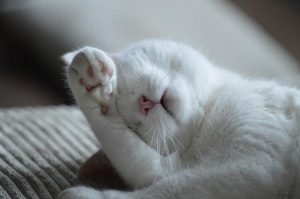 To counter the effects of ageing in our pets and thus increase life expectancy and quality, in Clinica Ana Morales we have ‘PLAN GERIATRICO.’ We advise this for cats from7 years old and for dogs, age and size as previously mentioned, because although we believe our pet enjoys 100% health, some signs of ageing can go unnoticed in the beginning. Sometimes some diseases, renal for example, when first spotted by the owner, can be too far advanced to be cured. Frequent checkups in our older pets are very important to help delay the ageing process, together with appropriate diet and, if necessary, medication.
To counter the effects of ageing in our pets and thus increase life expectancy and quality, in Clinica Ana Morales we have ‘PLAN GERIATRICO.’ We advise this for cats from7 years old and for dogs, age and size as previously mentioned, because although we believe our pet enjoys 100% health, some signs of ageing can go unnoticed in the beginning. Sometimes some diseases, renal for example, when first spotted by the owner, can be too far advanced to be cured. Frequent checkups in our older pets are very important to help delay the ageing process, together with appropriate diet and, if necessary, medication.
What are the most obvious symptoms of ageing?
1.COGNITIVE DISFUNCTION.
As our cats and dogs get older, age-related changes affect their brain. About 35% of pets over 7 show signs of senile dementia similar to those observed in humans, such as changes in behaviour: a/ changes in sleeping pattern(sleeping a lot during the day but awake at night or sleeping at intervals) b/ strange habits(barking or miaowing at night without reason, rejection or aggressiveness, no interest in playing) c/ loss of hygiene habits(messing in the house or unsuitable places in spite of having been outside previously) d/ disorientation(doesn’t recognise familiar people, animals or places, gets lost in known places) e/activity(wandering aimlessly, apathy). An animal showing one or several of these behavioural changes could be developing COGNITIVE DISFUNCTION SYNDROME. This, like Alzheimers in humans, is a chronic and degenerative process which has no cure. However it’s possible to greatly reduce clinical signs and correct, or lessen, behavioural changes. The most important thing when faced with this type of illness is to maintain quality of life and to be able to enjoy their affection and company until the end. The sooner we begin a treatment plan, the better the chances of success. For this reason, at the first sign, a visit to the vet is very important to get the necessary advice.
2. ARTHROSIS
Like people, animals suffer age-related illnesses, joints wear down during life and cause inflammation and pain. Many dogs and cats suffer from arthrosis but it isn’t always very evident. This doesn’t mean to say they aren’t suffering and stops them from going out for a walk and playing normally.
How can we tell if an animal is suffering from arthrosis? Look to see if they have difficulty in getting up to greet you, if they think twice before going upstairs, if they don’t play as much as before, if they spend more time lying down and sleeping(very common in cats), difficulty in getting up when lying down, signs of pain on touching them, stiffness in the joints in the morning or difficulty in getting in or out of the car. Don’t assume that this is normal or due to their age. Our senior pets can be as active as before and they deserve our help in recovering mobility.
3.PROBLEMS IN DIFFERENT ORGANS.
Ageing is a slow process which affects several organs. As we have already said the BRAIN suffers a reduction in the speed of neurotransmission, oxidising of the lipids, cognitive disfunction and a change in sleeping pattern. In the KIDNEYS there is a reduction in the rate of modular filtration and atrophy of the renal tubes; the HEART undergoes an ageing of the valves and cardiac muscles; the SKIN looses elasticity and becomes greasy; grey streaks appear in the FUR which also lowers in density; tartar accumulates in the TEETH which can cause mouth infections; and atrophy and muscular fibrosis can be produced in the MUSCLES.
Feeding our seniors.
Food specific for elderly pets benefits their health, it can also help delay the appearance of illness and thus prolong life. An appropriate diet offers protection against oxidative stress, improves brain health and protects the heart and kidneys. Food with sodium polyphosphate can delay dental plaque, vitamins and amino acids promote the synthesis of ceramides and limit the loss of water through the skin. At the same time the combination of highly digestible proteins contributes to the balance of the intestinal flora and digestive passage.
 Thanks to a suitable diet with specific supplements we can help improve the quality of our pets life to an advanced age, maintaining brain health and vitality, looking after dental health, protecting against muscular atrophy or countering the lessening of muscle mass, improving the quality of skin and fur, protecting heart and kidneys and improving mobility. In our veterinary clinic, the well-being of all animals is a priority so we have started a ‘Geriatric Campaign’ for older cats and dogs. This consists of firstly taking a complete medical history followed by a physical examination of your pet. According to the results we will do more specific tests if necessary—blood or urine analysis; image(x rays, ecograph or electrocardiogram); dietary or treatment.
Thanks to a suitable diet with specific supplements we can help improve the quality of our pets life to an advanced age, maintaining brain health and vitality, looking after dental health, protecting against muscular atrophy or countering the lessening of muscle mass, improving the quality of skin and fur, protecting heart and kidneys and improving mobility. In our veterinary clinic, the well-being of all animals is a priority so we have started a ‘Geriatric Campaign’ for older cats and dogs. This consists of firstly taking a complete medical history followed by a physical examination of your pet. According to the results we will do more specific tests if necessary—blood or urine analysis; image(x rays, ecograph or electrocardiogram); dietary or treatment.
Contact us and we will inform you personally. Telephone 952451242 or e mail clinica@anaveterinaria.es
Leave a Reply
You must be logged in to post a comment.
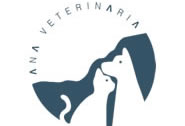
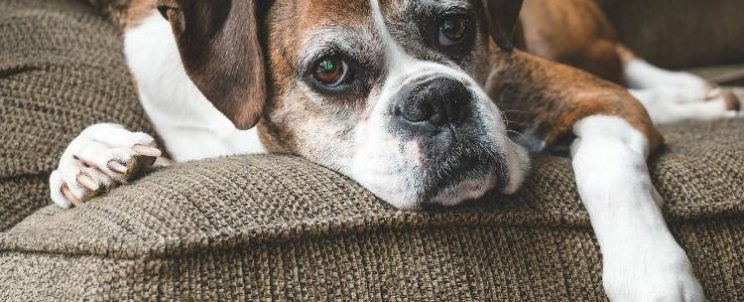
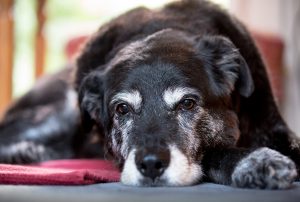
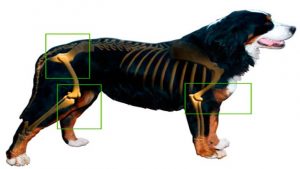

Comentarios:
0